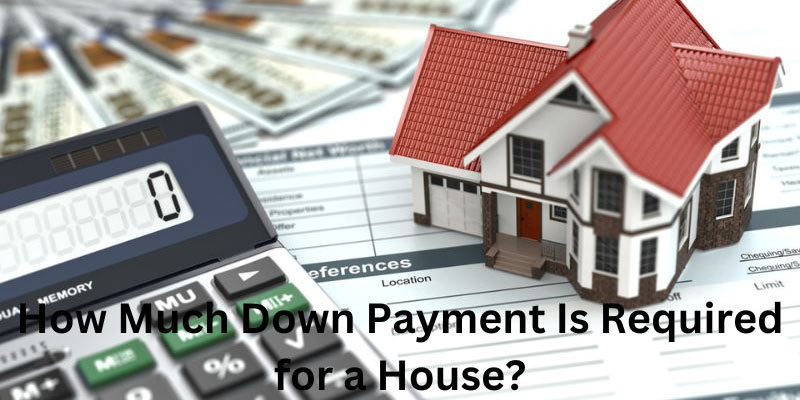Cash Value of a Life Insurance Policy
The amount of money held under a permanent life insurance policy is the cash value. The accumulation of money remains after all policy fees and expenditures, including the cost of insurance, have been paid for with the premiums you have paid. As the insured individual becomes older, there is a likelihood that their insurance premiums will go up, but cash value growth over time may be able to assist in offset this.
The Mechanisms Behind Cash Value in Life Insurance
A percentage of the money you pay in premiums for a permanent insurance policy is placed into what is known as the policy's cash value. This value might grow throughout the policy's lifetime. Your monetary worth should increase over time if everything goes according to plan. The sort of policy you have and how the cash value is invested have a role in determining the pace of growth (or loss).
Permanent Policies
Only permanent life insurance plans, and not term insurance policies, come with the option of cash value accumulation. For instance, the cash value may be found within the following forms of life insurance, but each of these policies invests the cash-value component differently:
- Whole life
- Universal life
- Variable life
- Indexed life
In addition, you may have access to the cash value by either withdrawal made straight from the cash value of the policy or policy loans secured against the cash value.
How It Works
When you begin coverage under a permanent life insurance policy, you often pay a premium that is more than the sum required to provide protection equivalent to traditional life insurance. For instance, whole life insurance, a kind of permanent insurance, may have a flat premium, meaning that the premium amount does not change from year to year. During the early years of your policy, any extra money you pay in premiums is placed into a cash value account, where it may later be invested. Your cash worth and any profits go toward paying for the policy even as the insurance cost increases as you age.
Earnings and Losses
Your cash value may either increase or decrease in value depending on the kind of policy that you have. Some plans pay interest at a predetermined rate, while others, such as variable life insurance, allow you to invest whatever cash value you accumulate in other financial assets, such as stocks and bonds.

Cash Value vs. Face Value
Cash Value
The total amount of money saved up inside a life insurance policy is referred to as the cash value of the policy. This balance is the consequence of premium payments that are more than the cost of insurance, and the size of the balance may either increase or decrease depending on how well the policy is doing.
The policy owner has access to the cash value and can either surrender the policy, take withdrawals from the cash value, or borrow against the cash value. On the other hand, these activities might result in a loss of coverage (or a decrease in coverage) in addition to tax repercussions.
Face Value
The death benefit, also known as the face value, is the amount beneficiaries will get if the insured individual passes away while the policy is still active. When you apply for and acquire life insurance coverage, that sum is often the amount you choose as your coverage amount.
Cash Surrender Value

It is possible to fall into the trap of believing that if a life insurance policy has cash value, you may cash it out and collect the whole balance. However, your insurance provider may assess surrender fees, which cut down the amount of money you can keep. Ask the insurance company for the cash surrender value to obtain an accurate picture of how much money is available. The cash surrender value is the amount you'll get from the insurance company after the company deducts the surrender costs.
The policy is essentially terminated when a policyholder accesses the cash surrender value. If, on the other hand, you decide to access the policy's cash value by taking out a loan against it or making a direct withdrawal, you will be able to maintain the policy in effect and, as a result, keep the death benefit for your beneficiaries.








